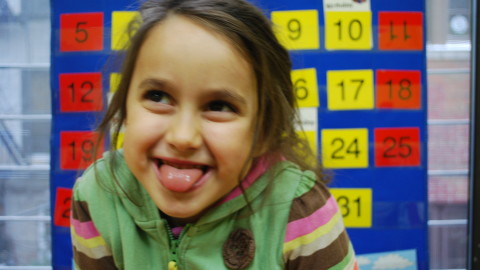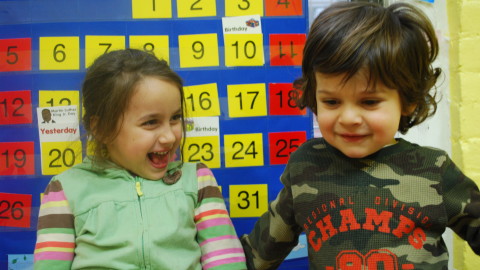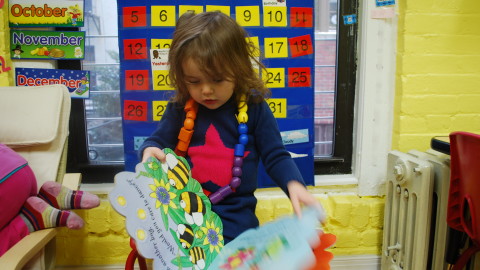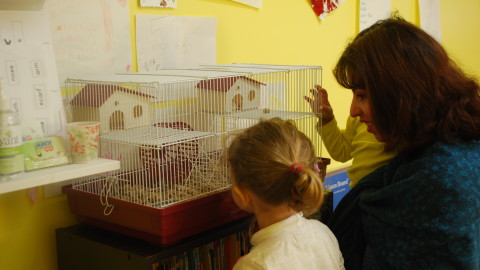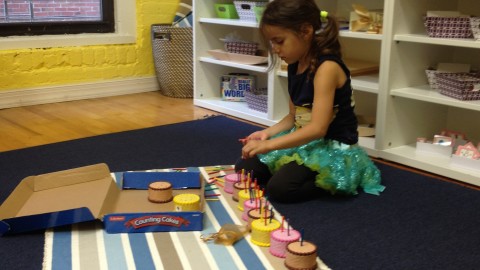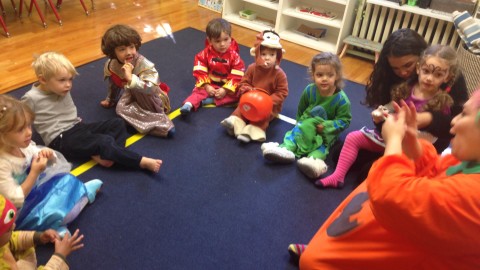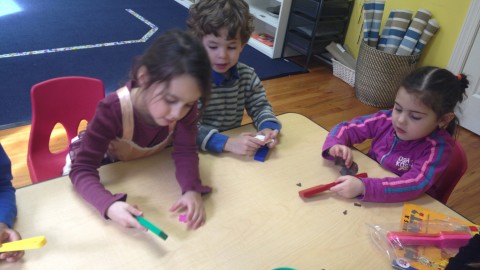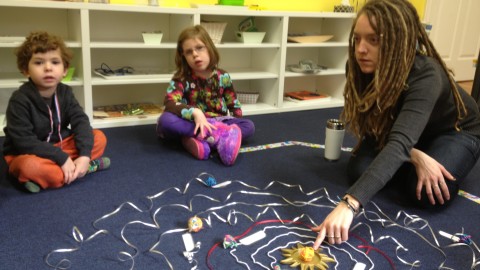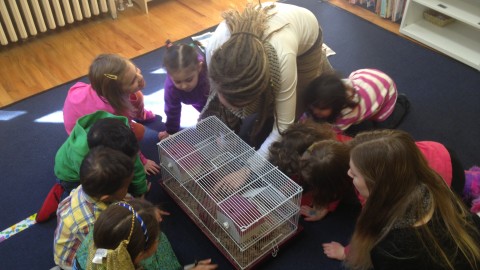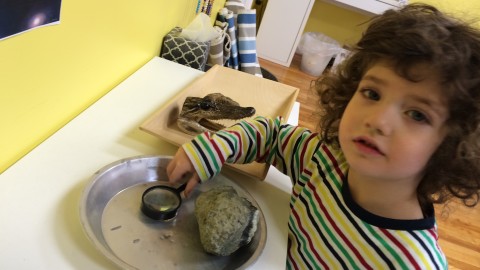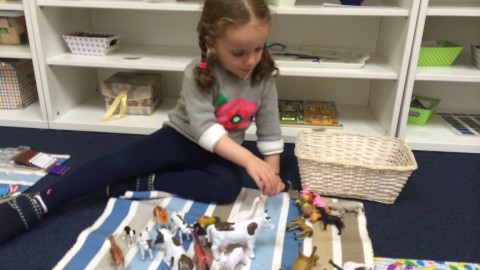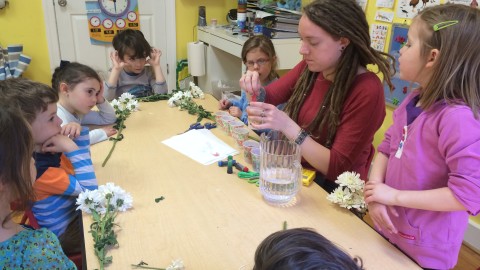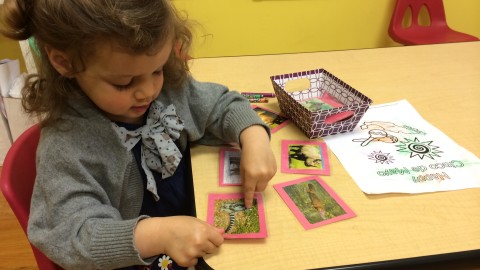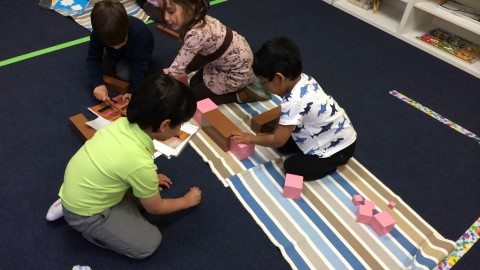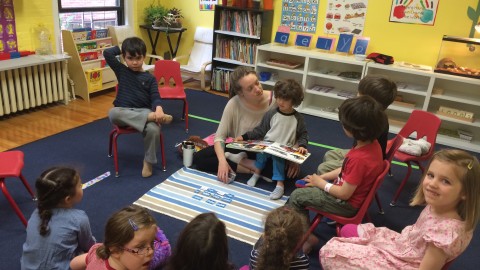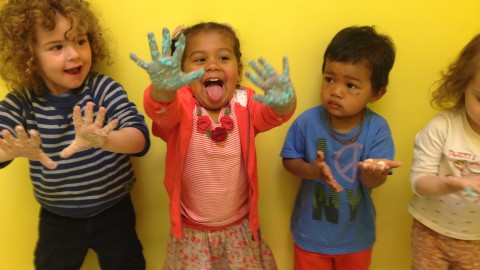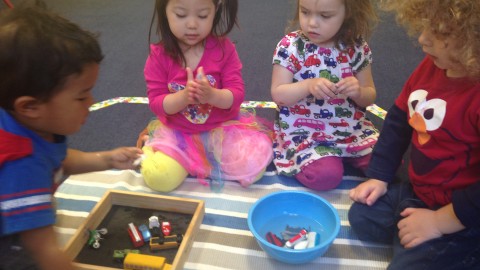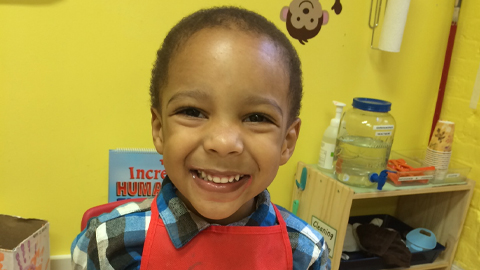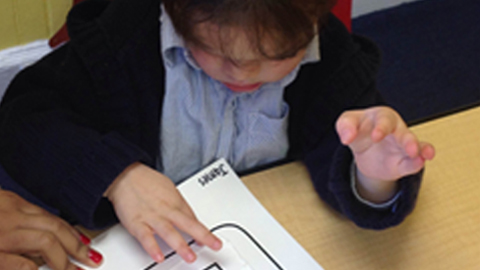Helping your child transition to preschool successfully
In the life of every parent there comes a point when they must transition their child from home to school environment. For some parents it may be when the child is only a few months old, for those who chose to homeschool it may be when their child attends high school or college. No matter the age of the child, few parents feel ready for the transition.
At Brainy Academy we designed a program specifically to accommodate the home to school transition process (Brainy Steps), but even if you do not have the benefit of a Brainy Academy next door, there are many things that you can take to simplify and ease the process.
Prepare yourself mentally. Often a parent comes into my office and says something like: “I want my child to start going to school. But she won’t leave my side. I know she is not going to go in without me. Maybe she’ll cry.” These statements may be true and accurate, but since you decided that it’s the best time for your child to start school then you have to be positive about the process. Children are emotional sponges – they will quickly pick up on your mindset and your intentions. If you do not believe she will go into a classroom happily, she will not. This may or may not work in your particular case, and she may STILL decide to go into full blown tear mode… but at least you are not setting yourself up for failure. So before you leave that house for the first day in a daycare or a pre-school take a look at the mirror and say to yourself: “Everything is going to work out, this is the right decision for our family and my child will enjoy being in this environment.” And then repeat that mantra on your way to school. At Brainy Academy it is often part of my job to reassure the parent, even before I have an opportunity to meet the child.
Prepare your child mentally. There are many wonderful books available for children of all ages on starting school for the first time. With children repetition is always key so read the books to him for a few weeks in advance of starting school. A lot of parents find that a new backpack together with conversation about starting “big kid school” presented on the first day of classes helps create excitement and not fear. For some children it is helpful to get new school clothes to present to the child the night before (if your child is receptive to new clothes). In general the idea is to create excitement and a positive expectation of the process and the environment. At Brainy Academy a child is given a “Brainy Bag” their first day of classes and shown the prizes they can earn with their Brainy Points.
Stay for the day if you can. At Brainy Academy part of our gentle separation process allows a parent to stay with the student while the child works with a teacher one on one. We find that allowing the parent to be present during the first few interactions set up a positive experience and is especially helpful to children who are experiencing anxiety separating from the parent for the first time. If at all possible, staying for the day in your child’s new pre-school or daycare environment may allow them to feel comfortable with their new teachers and friends.
Don’t sneak out. Sometimes parents think that sneaking out of the classroom while the child is distracted is the best way to help a child acclimate to the class. With a few rare exceptions I have found this not to be the case. Psychologists believe that because young children lack object permanency, if they don’t see you leave they believe you simply disappeared and will never return. For most children it is far better to say a quick good buy before leaving. This way your son or daughter knows you left intentionally and hopefully understands that you intend to come back.
Start part time if possible. An 8 to 10 hour long work day is difficult for an adult, transitioning to full time from home environment is difficult for a child. Whenever possible I recommend starting part time, a few hours a day and preferably 2 or 3 days a week. While this is not an option in every situation we have observed that this kind of transition allows for a smoother adjustment. At Brainy we only run part time programs and often after a 6 month period or a year a parent choses to go back to work and enrolls their child in a full time program. They normally find there is no difficulty with transitioning their son or daughter from part to full time program and the child does not seem stressed. Additionally, from personal experience I find the children who start part time don’t get sick as often, probably because their immunity is stronger with shorter days and less stress.
If possible chose an environment with low staff turn over and small classes. It is often helpful to ask how long your child’s teacher has worked at the center and how many children are enrolled in the program. At Brainy we find that having a low teacher turn over is ideal to help create a stable adjustment process. Ideally you should start off with a smaller group of kids, less children and less initial stimulation will help smooth out the process.
Be patient. Each child is a unique individual and will transition in a slightly different way than any other child. If you are confident with your choice of school, familiar with the teachers and the learning process allow your child to get acclimated to the school without becoming upset if the acclimation is not happening fast. Children will go at their own pace (whether we like it or not). So you may as well learn to like it. 😉
Let it go. In the adult version of the now infamous frozen song a very frustrated Elsa express same feeling that every one of us parents gets on occasion. Often while consoling a new parent who is about to start our (very gentle) transition process I feel like breaking out in a chorus (the adult version). I find myself repeating this sentence like a mantra: Your child will be fine. I swear. They really truly will be. Yes, you may have to make some imperfect decisions. The fact that you took the time out to come to my office/start brainy steps/ask me about this issue/read this article, each one of those things alone shows that you are a good, concerned (if imperfect) parent. You will (I swear) raise a happy/successful/intelligent/good human being if only you lay off the pressure for yourself. If there is one thing I would want to teach every parent is that none of us are perfect, we all have to make some imperfect decision and our children as a result will be wonderful if imperfect human beings who will in turn (and if we are lucky) raise other wonderful and imperfect human beings.
Peace, Love and Frozen
Viktoria Altman
Imperfect mother of two awesome boys


